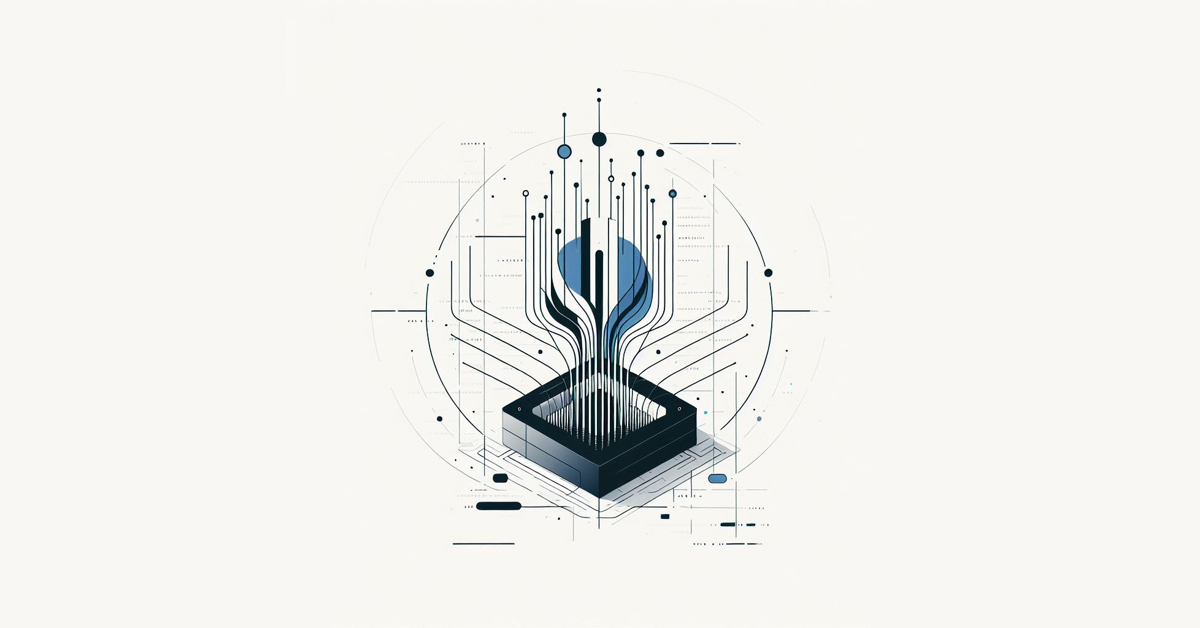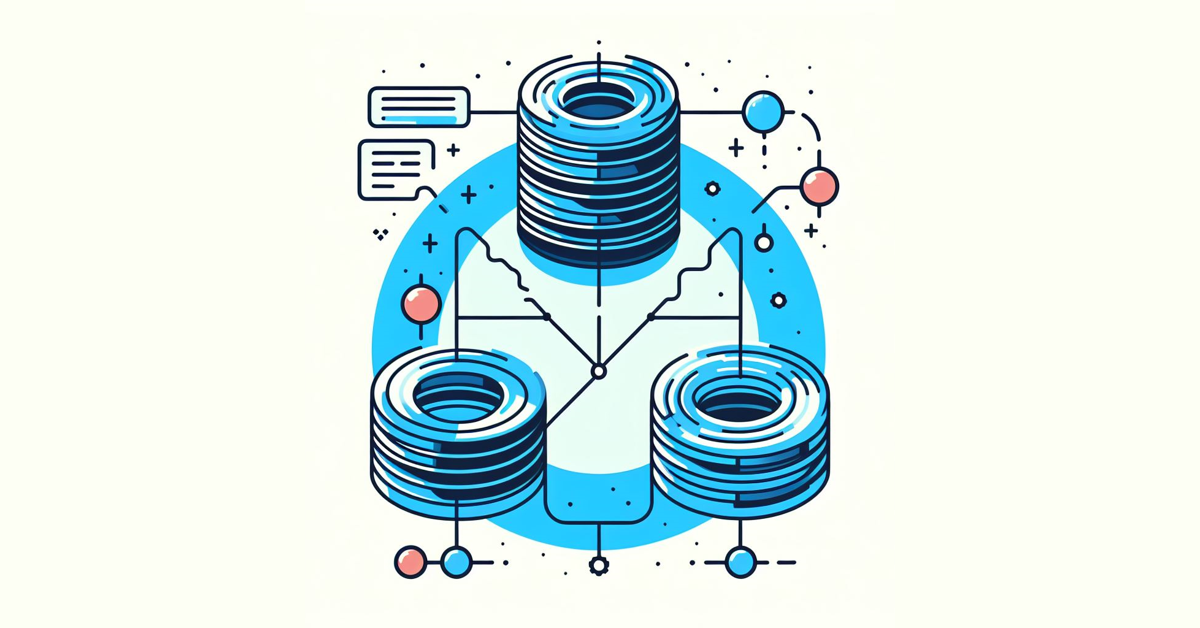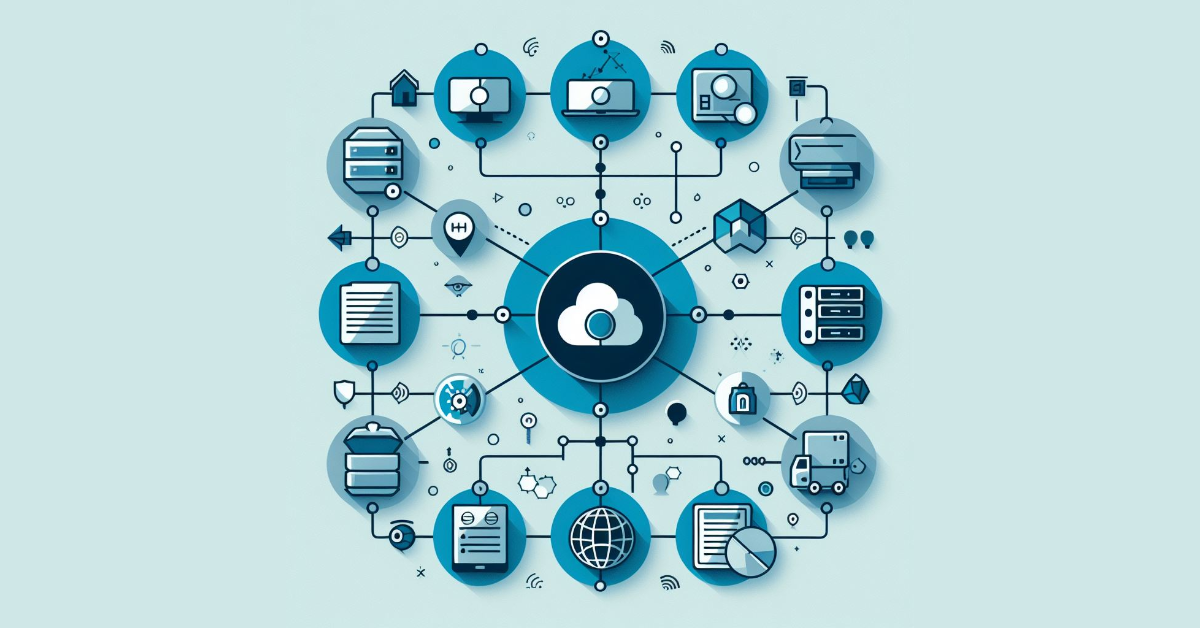In today’s digital age, speed matters. That’s where edge computing steps in. It’s a smarter way to handle data, processing it right where it’s created instead of sending it far away to big data centers like in traditional cloud computing. This shift means faster responses and more efficient use of the internet. Edge computing is gaining traction across industries like manufacturing, healthcare, and retail because it helps them work faster, safer, and smarter. As data continues to grow, edge computing is becoming increasingly important, shaping the future of technology.
🤡
Give a person a program, and frustrate them for a day.
Teach a person to program, frustrate them for a lifetime.
Understanding Edge Computing
Edge computing is about doing tasks closer to where they’re needed, rather than sending everything to a faraway data center. It’s like having mini-computers nearby, which can quickly handle jobs without waiting for instructions from a central location.
Key Components
- Edge Devices: These are the gadgets that collect data, like sensors or smartphones.
- Edge Servers: These are small computers nearby that help process data from edge devices before sending it elsewhere.
- The Cloud: This is like a giant storage and processing center, but with edge computing, it’s used strategically for tasks that need more power or storage.
Why it Matters
Edge computing is important because it makes things faster and more efficient. By processing data nearby, it reduces the time it takes to get things done. This is really useful for things like self-driving cars or instant feedback in video games. Plus, it helps save internet bandwidth and makes everything run smoother overall.
Applications Across Industries
Manufacturing: Smarter Factories
- Machines in factories can talk to each other in real-time, helping catch problems before they happen.
- Sensors on equipment detect things like temperature changes or unusual vibrations, allowing for quick fixes before they become big issues.
Healthcare: Better Care Everywhere
- Wearable devices track your health stats and can alert doctors if something seems wrong.
- Hospitals use edge tech to keep medical devices running smoothly and securely.
Transportation: Safer Roads, Smoother Rides
- Self-driving cars use edge computing to make fast decisions on the road.
- Edge servers along streets help manage traffic flow and keep roads safe.
Retail: Shopping Made Personal
- Stores use data to offer personalised deals and recommendations in real-time.
- Inventory management becomes more efficient with sensors tracking stock levels and ordering more when needed.
Smart Cities: Making Cities Smarter
- Cities save energy by analysing data from buildings and traffic lights.
- Real-time monitoring helps keep public spaces safe and makes sure infrastructure stays in good shape.
Benefits of Edge Computing
Faster Response Times
Edge computing processes data closer to where it’s generated, reducing the time it takes for devices to receive and respond to information. This means quicker reactions for critical tasks like autonomous vehicles or real-time monitoring.
Less Network Traffic
By handling data locally, edge computing minimises the need to send large amounts of information back and forth over the internet. This reduces congestion on networks and saves bandwidth costs, making it easier to manage data flow efficiently.
Stronger Security
Data processing at the edge means sensitive information doesn’t have to travel far, reducing the risk of interception or cyberattacks during transmission. Plus, localised security measures can be tailored to specific locations, enhancing overall protection.
Better Reliability
Edge computing spreads tasks across multiple locations, so if one node fails, others can pick up the slack, ensuring services remain available. It also offers self-monitoring features, detecting and fixing issues automatically to keep systems running smoothly.
Easy Scaling
Edge computing can quickly adapt to changing demands by adding more processing nodes as needed. This flexibility makes it simple to expand infrastructure without disruptions, supporting growth and fluctuating workloads effectively.
Challenges and Considerations
Infrastructure Complexity
Managing many devices and servers spread out in different locations can be tricky. It requires a lot of effort to keep everything working smoothly and fix any problems that come up.
Data Governance
Making sure that data is handled safely and follows privacy rules is crucial. With data being processed closer to where it’s created, there’s a bigger risk of it being accessed by the wrong people.
Interoperability
Getting different systems to work together seamlessly can be tough. Edge computing needs to connect with existing setups, which may not always be straightforward.
Cost Implications
Setting up and maintaining edge infrastructure can be expensive. There are costs for hardware, software, and ongoing upkeep that need to be carefully managed.
Skill Gap
Finding people with the right skills to handle edge computing can be a challenge. It requires expertise in various areas like networking, security, and data analysis.
Overcoming these challenges is key for organisations looking to make the most of edge computing. By addressing issues like complexity, data safety, compatibility, costs, and skills shortages, they can ensure successful adoption and integration into their operations.
Future Outlook
Edge computing is on the brink of reshaping our digital world, especially as it teams up with cutting-edge technologies like 5G, artificial intelligence (AI), and the Internet of Things (IoT).
Convergence with Emerging Tech
- 5G Connectivity: Think super-fast internet everywhere. With 5G, data can be processed lightning-fast, making things like self-driving cars and virtual reality seamless and safe.
- Artificial Intelligence: Picture smart devices making decisions on their own in real-time. AI at the edge means faster, smarter gadgets that can predict maintenance needs, monitor health, and personalise shopping experiences.
- Internet of Things (IoT): Imagine a world where everything’s connected and working together. Edge computing makes it possible for devices to talk to each other instantly, revolutionising everything from farming to city planning.
Opportunities for Innovation
- Edge-native Applications: Expect new apps designed to make the most of edge computing’s power. These apps will unlock new ways of doing things, from analysing data on the spot to making smart decisions without waiting for instructions.
- Edge Data Marketplaces: Imagine a place where data from all sorts of devices can be bought, sold, and shared. Edge data marketplaces will create new ways for businesses to make money from their data while giving others access to valuable insights.
- Edge Security Solutions: Security is crucial, especially when data is spread out across many devices. New security solutions will keep data safe and build trust in edge computing, making it more attractive for businesses that need to keep their information secure.
Edge computing is a game-changer, processing data closer to its source for faster insights and improved security. It’s essential for businesses aiming to stay competitive, offering new avenues for growth and innovation. As edge computing continues to evolve, especially alongside technologies like 5G and AI, organisations must seize the opportunity to revolutionise the way they work. It’s time to embrace this transformative technology and unlock the full potential of data in our increasingly connected world.



